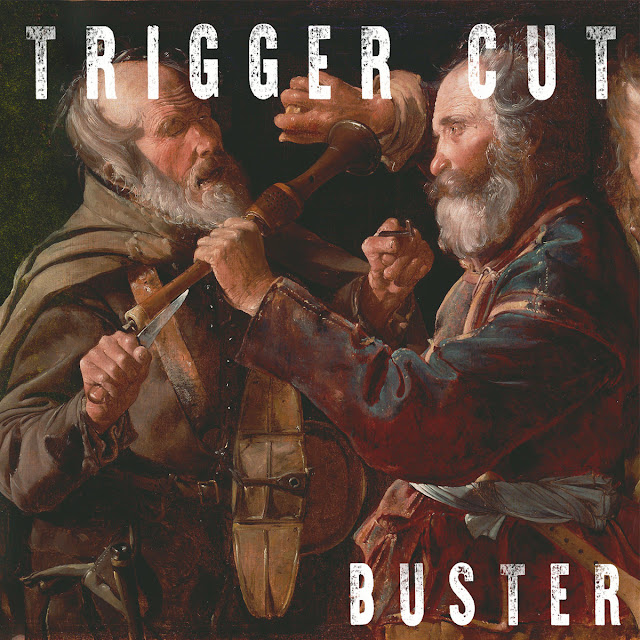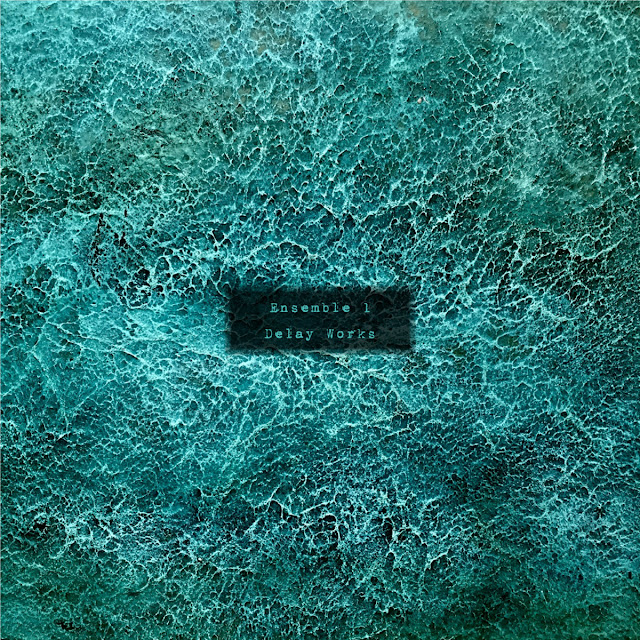LONNIE HOLLEY & MOOR MOTHER & IRREVERSIBLE ENTANGLEMENTS AT MONA FOMA, 24/2/2024
The MONA FOMA summer series of
concerts has succumbed to the economic pressures terminating many Australian
music festivals. Although Dark Mofo remains to enliven the Tasmanian winter
months, it’s lamentable to see the cessation of a program that had the
advantage of a balmier season for performances on the Museum of Old and
New Art’s spacious Berriedale lawns. Since its inception in 2009, organiser
Brian Ritchie made it his mission to entice Hobart’s residents with an eclectic
range of experimental artists such as Philip Glass, David Byrne, Ryoji Ikeda,
Julia Holter, Pierre Henry, Tyondai Braxton, Mdou Moctar, John Cale, PJ Harvey,
and Antony Pateras, among many others. The inclusion of renowned American free
jazz and poetry group Irreversible Entanglements for the second last show is a
fitting summation of the institution’s cultural ambition. While this penultimate
concert has its languorous moments, the febrile Fire Music energy on display for
at least two-thirds of its length inspires hope that one day MONA can revive
the MF program to host a return performance.
The Irreversible Entanglements
line up of vocalist Camae Ayewa (Moor Mother),
drummer Tcheser Holmes, trumpeter Aquiles Navarro, saxophonist Keir Neuringer,
and bassist Luke Stewart has been augmented for this
concert with outsider artist and musician Lonnie Holley on vocals and keyboards,
and Lee Bains on guitar. Holley plays such a prominent role that it is almost
his group for this show with Ayewa providing a supporting role, her exhortations
that of an MC or akin to June Tyson’s declamations in the Sun Ra Arkestra. The
egoless elasticity of this outfit enables them to readily incorporate their
collaborators’ practices, and vice versa. Bains’ minimal comping sometimes plays
a strong role in directing the music’s course, but he’s just as ready to sculpt
his lines around others’ contributions. The set has the character at times of an
extended medley or suite that recalls the open-ended formal melts of Miles
Davis’ 70s groups or Cecil Taylor’s organic processes. Navarro’s and
Neuringer’s use of synthesizers for timbral smears likewise resembles Miles’ dalliance
with Stockhausen’s Darmstadt School electronics during his fusion period.
The set begins in a hushed manner
with Holley’s chorused electric piano unleashing glistening tones into the
night air. His recitation emerges into what could be a version of ‘I Snuck Off the
Slave Ship’ from his 2018 album Mith with the repetition of the line “They
shipped us away.” The band’s sympathetic, probing support for Holley’s
evocations of the terrible misadventures of the Middle Passage gradually builds to
a dramatic climax, setting a pattern that continues into the next piece. There’s
an inexorable flow of suggestion and emphasis from an amorphous bluesy climate surrounding
Lonnie’s keening refrain “What did I do wrong?” into a country gospel
passage, replete with Dixieland phrasing from Avarro, that Stewart and Holmes give
a righteous swing. The playing harks back to Albert Ayler’s mission to use the
expanded parameters of the New Music to reinvigorate the church’s musical
traditions. A fitting spiritual uplift runs in contradiction to the apocalyptic
message of the refrain “Where you gonna run? Where you gonna hide?” Lonnie’s
railings against humanity’s addiction to the “cold titty momma” of digital
technology inspires a freeform hellstorm that seems to descend from out of nowhere, recalling
John Coltrane’s Ascension or Pharaoh Sanders and Sun Ra’s more
primordial blowouts. Mysterious lateral connections have Holley unleashing “terror
bytes” of information to bite the “digital babies”, summoning the more lurid
dimensions of George Clinton or Kool Keith’s Afrofuturist fantasies. Aweya’s
repetition of the line “Do it to me before I do it to myself” further exposits the
abjection of the technology-addiction nexus. The ensemble playing and lyrical
imagery recall the dark energy of dystopian jazz rants out of Deeper-era
Copernicus. Contrastingly, low-key percussion-dominated intervals between (or
within) songs are reminiscent of the Art Ensemble of Chicago’s Afrocentric ceremonials
and conjure a curative ritual vibe.
Holley returns to take the encore
while the rest of the group sit out, and it suffers as a result; a somewhat
unfocused improvisation compared to his commanding stewardship of the first
half of the set. Nevertheless, IE have already filled some fifty minutes of a
Hobart evening with an exploratory, prescient blend of jazz and poetry that’s
second to none.
Ayewa uses the term ‘liberation technology’
in elucidating Irreversible Entanglements’ musical and spiritual aims. Her
references to quantum physics as a scientific hub of emancipatory
transformation suggest a natural link in the group’s name with the theory of
quantum entanglement. The notion of entanglement in quantum mechanics refers to
energetic states where electrons or photons become indefinite and indivisibly
linked despite their separation across time and space. The networking and
bonding of various jazz traditions in IE’s sound regardless of original spatial
and temporal contexts speaks to the genre’s capacity for perpetual reinvention, but also
to a current of inspiration where political and social struggles of the past
continue to motivate activism in the present. Bassist Luke Stewart in an
interview with The Wire’s Phil Freeman spoke of seeing the group's
connection with the heritage of 60s free jazz contained in the Van Gelder
studio where sections of IE's fourth album Protect Your Light was
recorded as "a look into a potential future, rather than a link to the
past." The improvisatory present contains all potencies, creative and
political, past and future, and Moor Mother’s closing chant of “Freedom now!”
reminds us of our obligations to the possible.

























Comments
Post a Comment